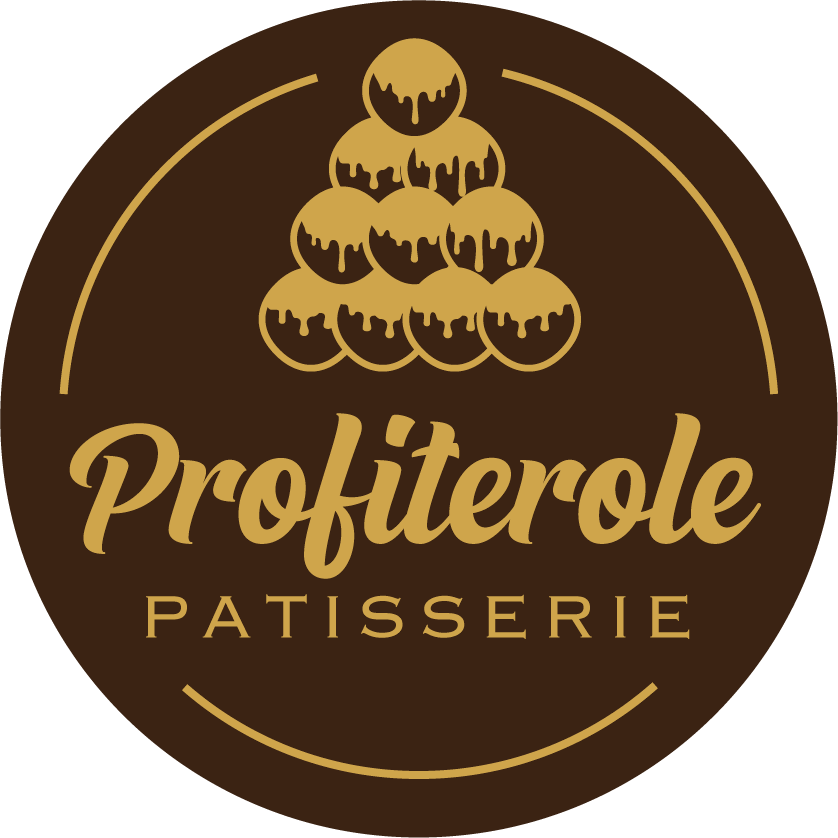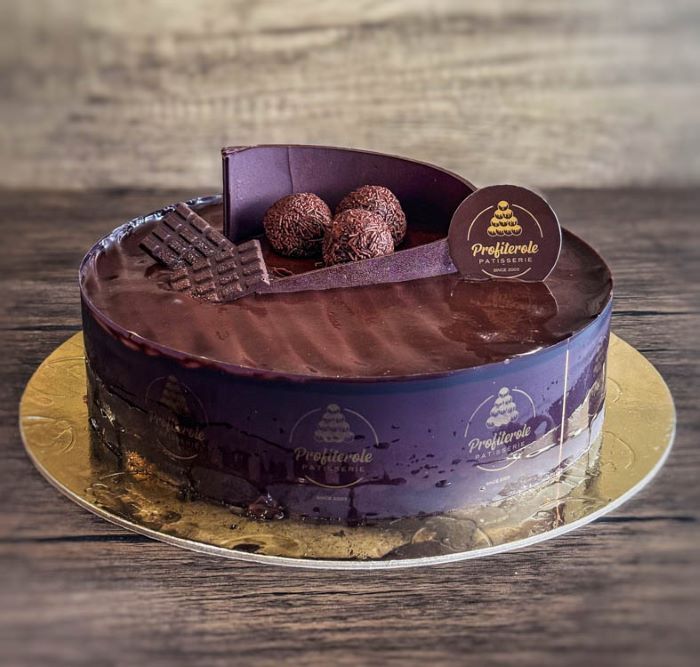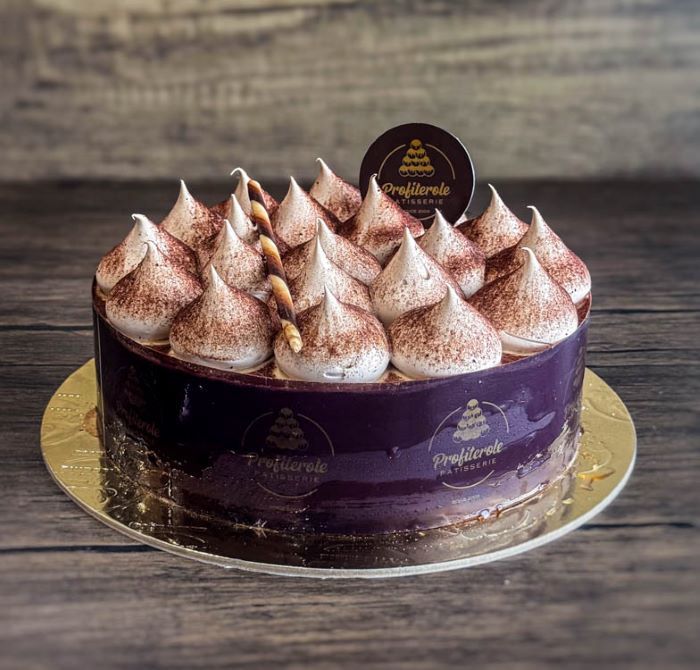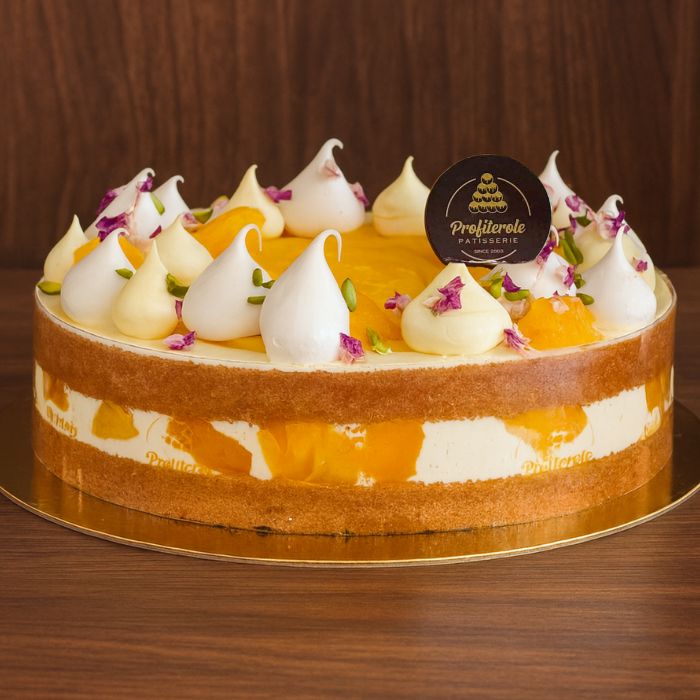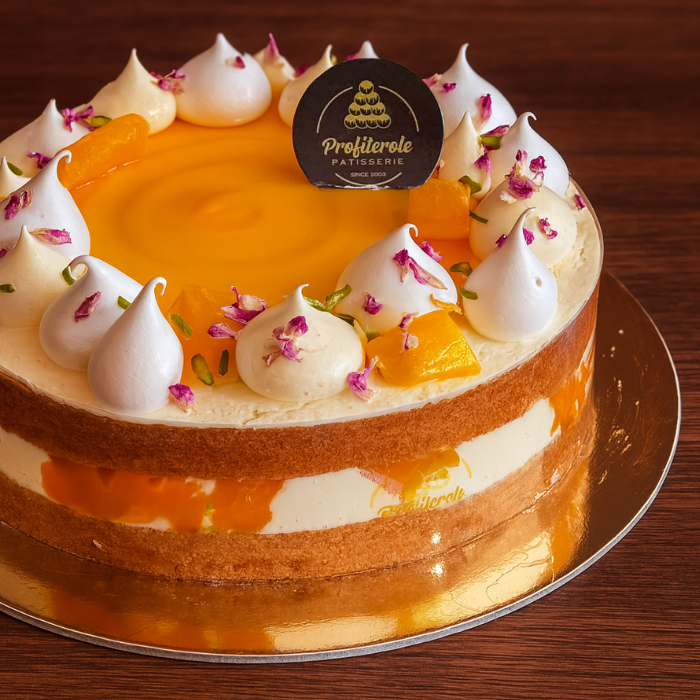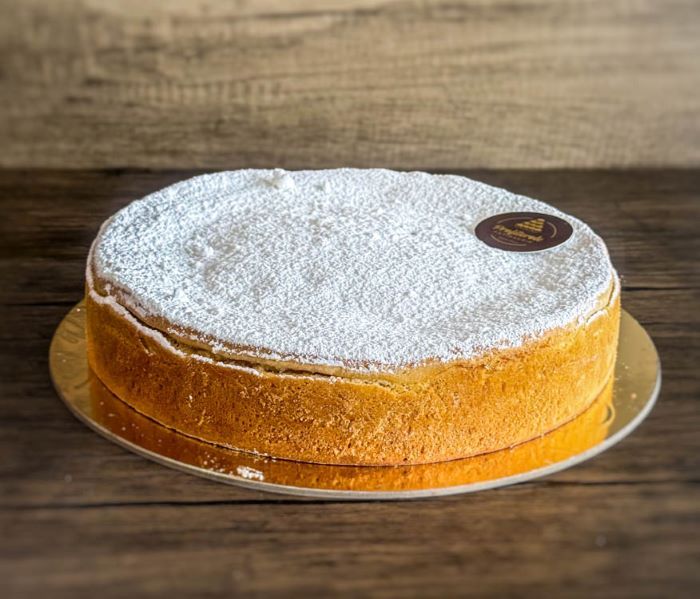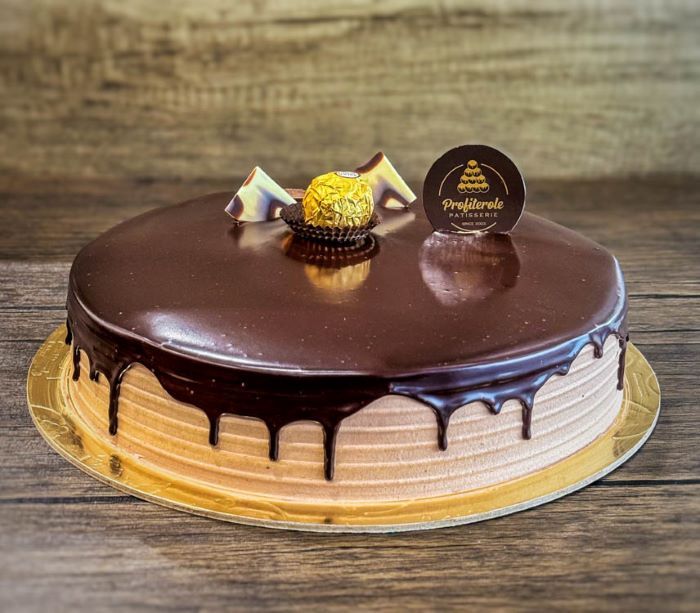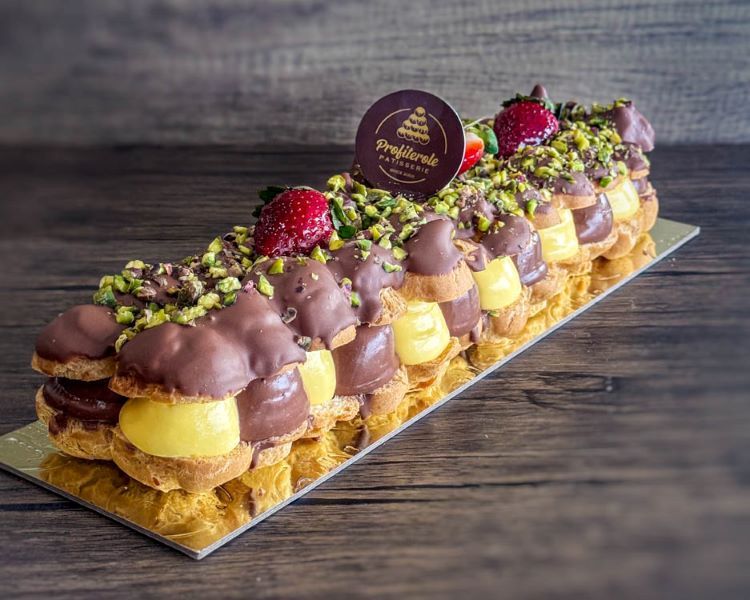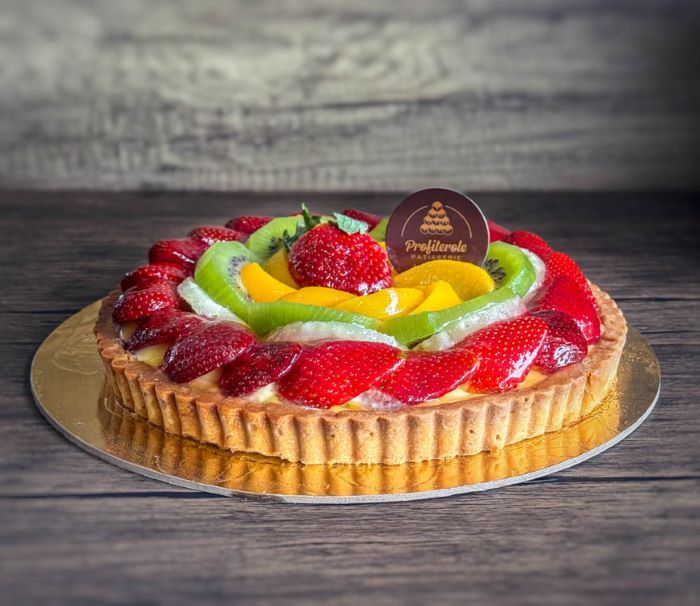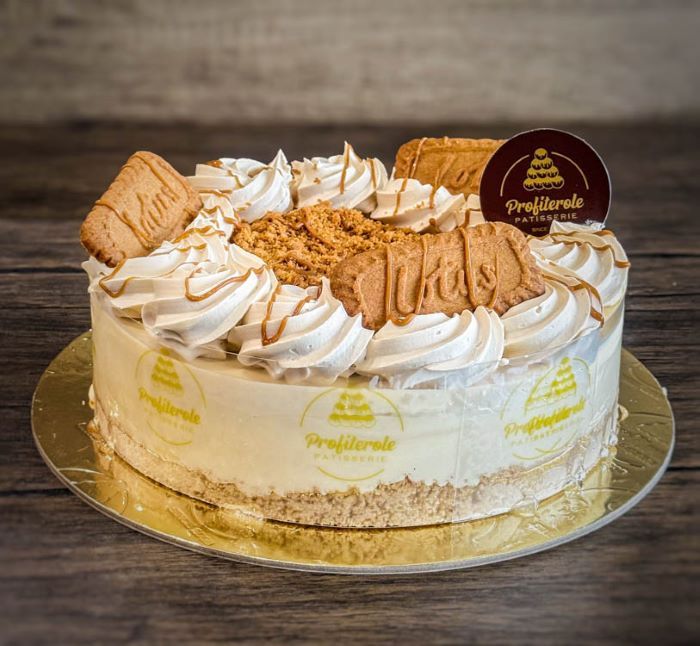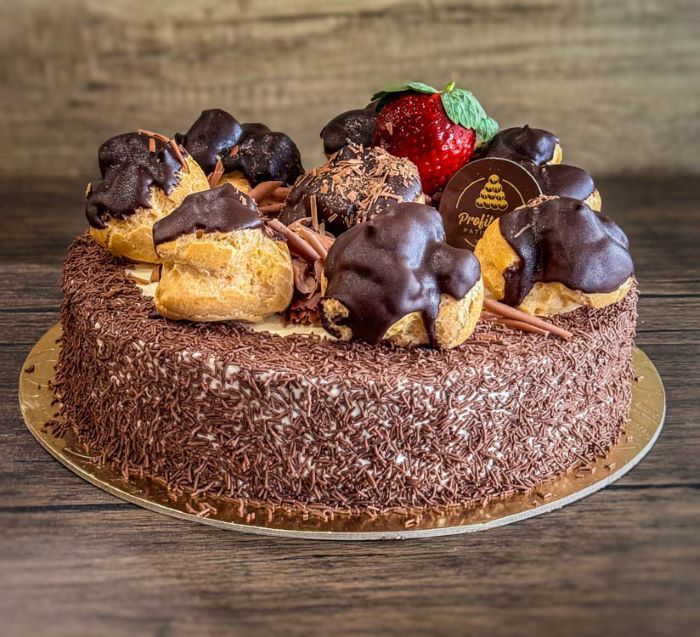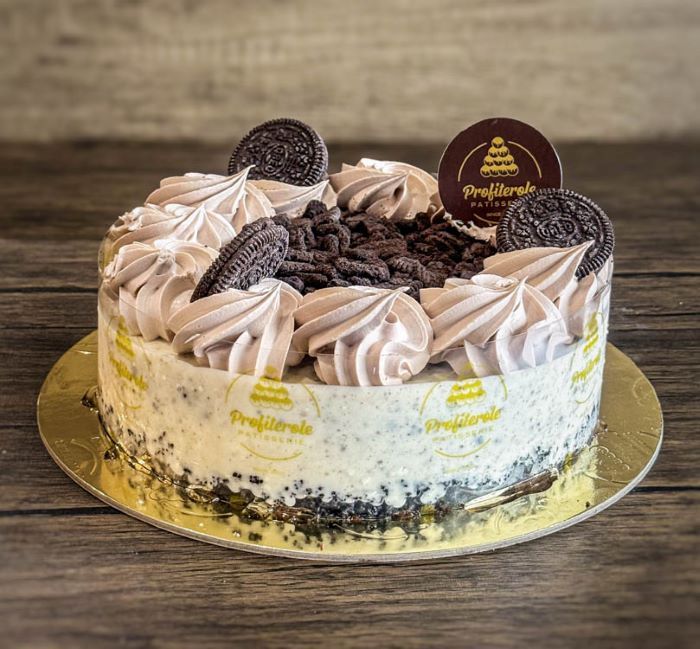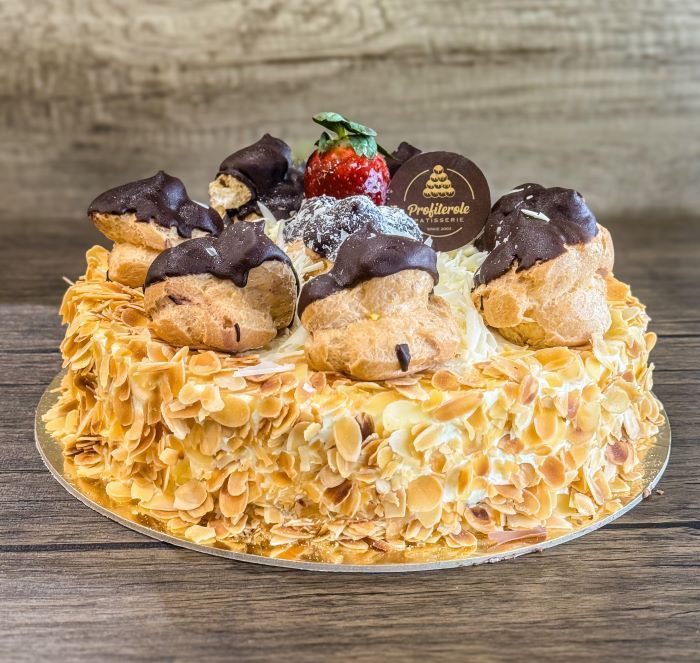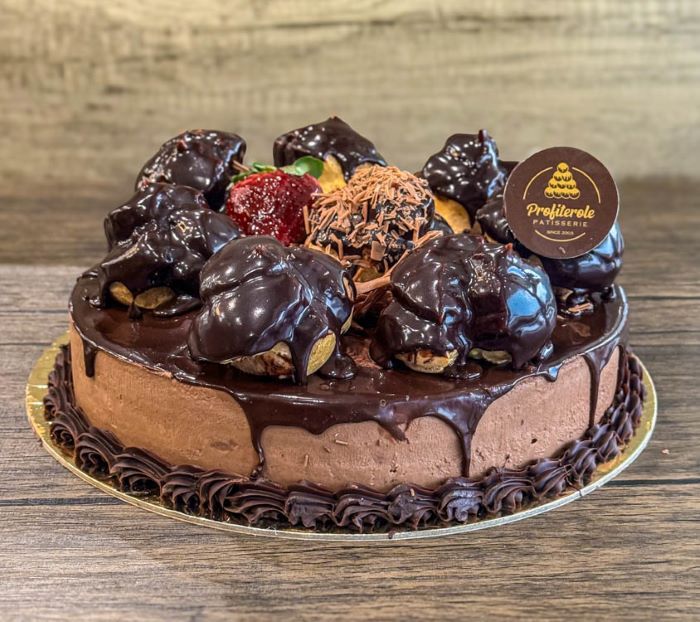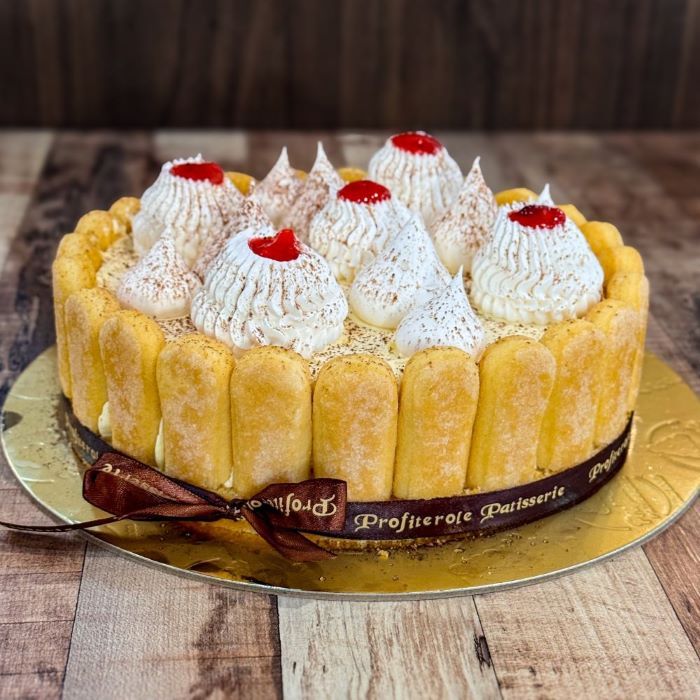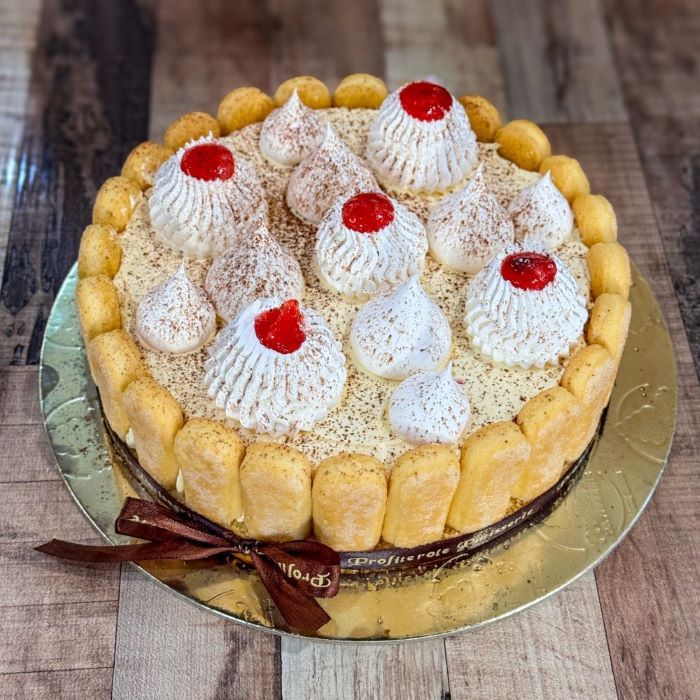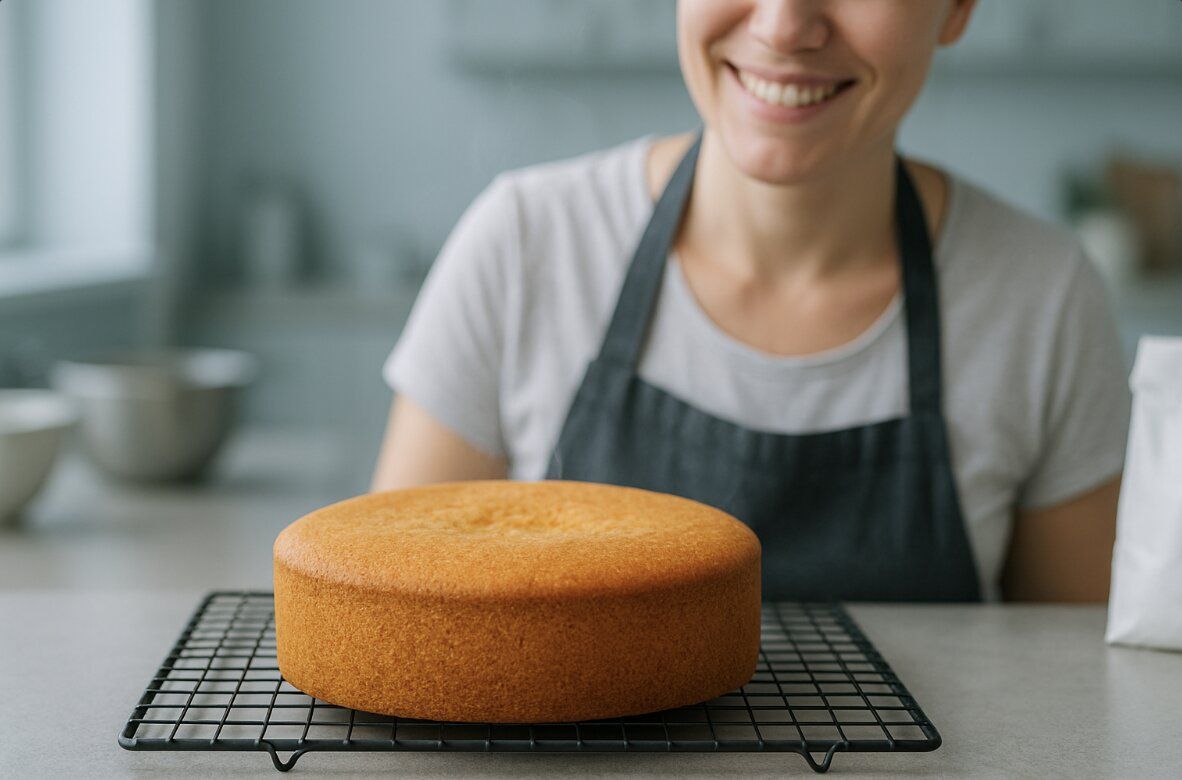
What Makes a Cake Moist? (It’s Not Just the Butter!)
A moist cake is every baker’s dream, but it doesn’t happen by accident. While butter plays a role, the secret lies in a balance of ingredients, technique, and timing.
From using the right type of flour to controlling bake times, each step adds to the final texture.
In this article, we’ll break down the science and art behind what makes a cake moist, and how you can achieve bakery-quality results at home.
The Role of Ingredients in Cake Moisture
Moisture begins with what goes into your batter. And there are ingredients that you can use to enhance the moisture of your cake. Getting this balance right sets the foundation for success. Here are those ingredients:
Fat for Richness
Butter and oil as moisture-keepers. Oil tends to distribute more evenly throughout the crumb, while butter adds depth of flavour. Many bakers combine the two for a cake that’s both flavourful and tender.
Sugar as a Moisture Magnet
Sugar does more than sweeten the cake; it also draws in and holds onto water. This slows staling and keeps cakes soft for days.
Tip: Brown sugar is especially useful for adding extra moisture thanks to its molasses content.
Eggs for Structure and Softness
Eggs bind the batter, but yolks also add richness. Using extra yolks (or whole eggs with one yolk added) can help create a creamier crumb.
Flour Choice Matters
Cake flour, with its lower protein content, yields a lighter, softer texture. On the other hand, all-purpose flour can make cakes denser, so it’s important to measure carefully and not over-pack the flour.
Baking Techniques That Keep Cakes Moist
Even with the best ingredients, improper technique can lead to dryness. These are the things you need to remember when baking;
Don’t Overmix the Batter
Mixing develops gluten, which is great for bread but toughens cakes. Once wet and dry ingredients are combined, stir only until you no longer see flour streaks.
Watch Your Oven Temperature
An oven that runs hot will dry out your cake. Use an oven thermometer to ensure accuracy. Baking low and slow (at 160–170°C) often results in a more even rise and softer crumb.
Timing Is Everything
Overbaking is the most common culprit for dry cakes. Check a few minutes before the recipe suggests. Using the "toothpick method", the toothpick should come out with a few moist crumbs. not completely clean, before the baking process is completed.
If the toothpick comes out clean even before the time is exhausted, it indicates that the cake is thoroughly baked, and you can remove it from the oven.
Don’t Skip the Cooling Process
Allowing cakes to cool in the tin for 10 minutes before removing helps retain moisture. Cover it loosely with a clean tea towel while cooling to prevent the sponge from drying out.
Tricks for Locking in Moisture After Baking
Your work doesn’t end when the cake leaves the oven. Storage and finishing touches can extend freshness.
Simple Syrups and Soaks
Brushing your cake layers with a light sugar syrup (sometimes flavoured with vanilla, citrus, or coffee) adds moisture and prevents staling.
Frosting as a Seal
Buttercream, ganache, or cream cheese frosting doesn’t just decorate; it traps moisture inside. Apply a crumb coat first, then frost generously to keep the cake tender.
Proper Storage
Wrap unfrosted cakes tightly in cling film. For frosted cakes, store in an airtight container at room temperature (or in the fridge if dairy-heavy). This reduces the risk of the sponge drying out.
Baking Moist Cakes Is a Skill Worth Mastering
A truly moist cake isn’t a matter of luck. Instead, it’s the result of knowing your ingredients, respecting your oven, and paying attention to detail. Once you learn these fundamentals, every cake becomes a chance to impress, whether it’s a simple sponge for afternoon tea or a show-stopping birthday centrepiece. Mastering moisture is more than baking science; it’s what turns a homemade cake into a memory worth sharing.
At Profiterole Patisserie, we know the joy of cutting into a cake that’s perfectly moist. Our team bakes with the same balance of science and care we share here. So if you’re curious to taste the difference, our cakes are always ready to inspire.
Check out our entire product range here.
Written by Jason Yacoub from Profiterole Patisserie
Date written: 03/09/2025
FAQs
What makes a cake moist?
A moist cake comes from a balance of fat, sugar, and proper baking techniques:
- Oil and butter lock in softness
- Sugar attracts moisture
- Careful mixing ensures the batter is prepared to lock in moisture
- And proper baking ensures it doesn’t dry out
It’s less about one “magic ingredient” and more about how everything, ingredients and baking technique, works together.
How do I keep my cake from drying out after baking?
The secret to maintaining the moisture in your cake after baking is sealing in the moisture.
Syrup soaks and generous frosting layers act like protective blankets.
Additionally, proper storage in airtight containers also helps your cake stay fresh for longer.
Why did my cake turn out dry even though I followed the recipe?
Following the recipe is just one part of the process. You also need to pay attention to proper baking technique to ensure that your cake turns out moist.
Dryness often comes from overbaking or inaccurate oven temperatures. Thus, it is worth noting that even a few extra minutes can change the texture of the cake.
To avoid this in the future, always test early and make sure your oven is calibrated with a thermometer.
Is oil better than butter for making cakes moist?
Oil tends to make cakes more consistently moist, while butter adds richness and flavour.
Many bakers combine both to get the best of both worlds.
If you know how to take advantage of both ingredients, in their proper proportions, you'll be rewarded with tender crumbs and a buttery taste every time you bake.
Can I make a cake moist without adding extra sugar?
Yes! You can add moisture with ingredients like yoghurt, sour cream, or fruit purées.
However, you need to identify the perfect amount of these ingredients that can be added to your cake. Or else, their sourness could ruin the taste of the cake.
On the other hand, when you get the proportions right, these ingredients could provide tenderness without increasing sweetness while also adding subtle flavour layers.
